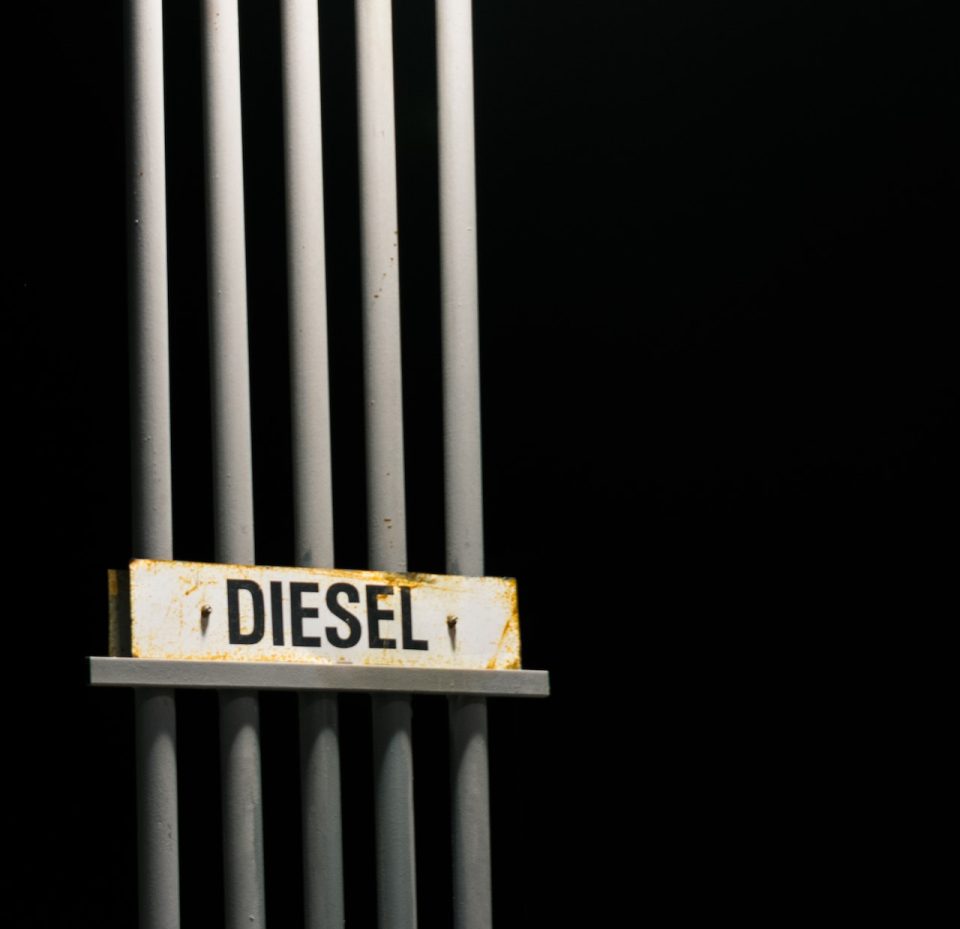Diesel prices in the US have surged to their highest point since March this year, and experts are suggesting that relief may not be on the horizon. Recent data from AAA indicates that on Monday, the national average diesel price soared to $4.38 per gallon, marking a sharp increase of $0.41 from just a month ago.
The latest blow to fuel costs comes in the form of an unexpected fire that erupted at Marathon’s Garyville, Louisiana refinery. This unfortunate incident has intensified the already mounting pressure on diesel prices in US. The fire led to a partial shutdown of the facility, dealing a significant blow to the fourth largest refinery in the nation.
Patrick De Haan, the head of petroleum analysis at GasBuddy, highlighted the potential for further price surges. He cautioned, “We could still see diesel prices really accelerating into the fall months, which could pose a challenge for retailers that are filling up their inventory ahead of the holidays. We do expect more pain at the pump for diesel.”
Adding to the concerns is the persistence of inflation, which has hit its peak for the year. The Personal Consumption Expenditures (PCE) index, the preferred inflation gauge for the Federal Reserve, is anticipated to reveal a 3.3% year-over-year price increase in July. This rise follows a 3% uptick in the previous month.
The surge in oil prices during July, with a staggering 15% increase, is further exacerbating the current upward trend in costs. Factors including output levels from the OPEC+ alliance and voluntary production cuts by Saudi Arabia have contributed to the escalation. West Texas Intermediate (WTI) crude oil closed marginally higher at $80.10 per barrel, while Brent futures settled at $84.42 on Monday.
Despite these alarming developments, there is a glimmer of hope for consumers. The anticipated seasonal reduction in gasoline demand, as hurricane threats recede, may play a role in mitigating diesel price increases during the fall months. Patrick De Haan shared his insights, stating, “Don’t be surprised if gas prices do inch up here before Labor Day, but I think it should be a bit of a head fake. Once we get into September, especially mid-September, we should see gas prices easing.”
However, the volatile landscape of fuel pricing remains unpredictable due to persistent disruptions in supply. This uncertainty implies that near-term price hikes are likely to persist as these increased costs are passed down to consumers. The impact of these escalating diesel prices reverberates across the economy, acting as an unseen tax on a wide array of goods and services purchased by consumers.
The intricate web of factors that dictate diesel prices hinges on refinery outages, market demand during agricultural harvesting and winter heating months, as well as the looming threat of natural disasters such as Hurricane Idalia. The situation is fluid, and industry experts continue to closely monitor and analyze trends to forecast further developments in diesel pricing in the near future. As consumers brace for potential challenges ahead, remaining informed about the evolving landscape of fuel costs becomes increasingly crucial.
Source: Yahoo Finance

